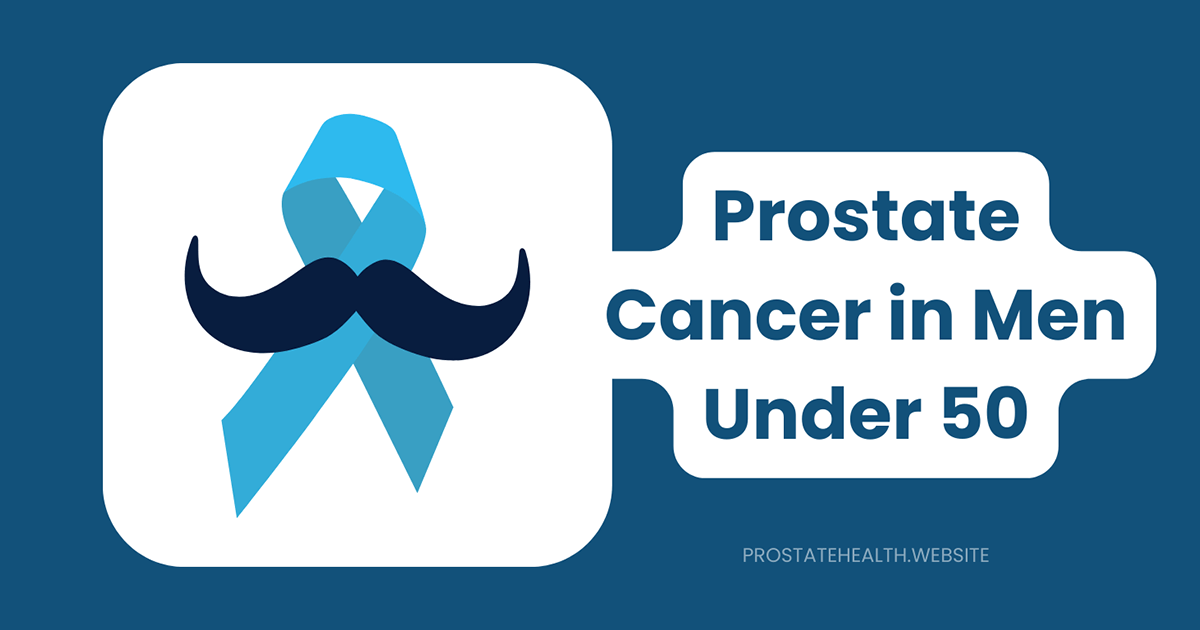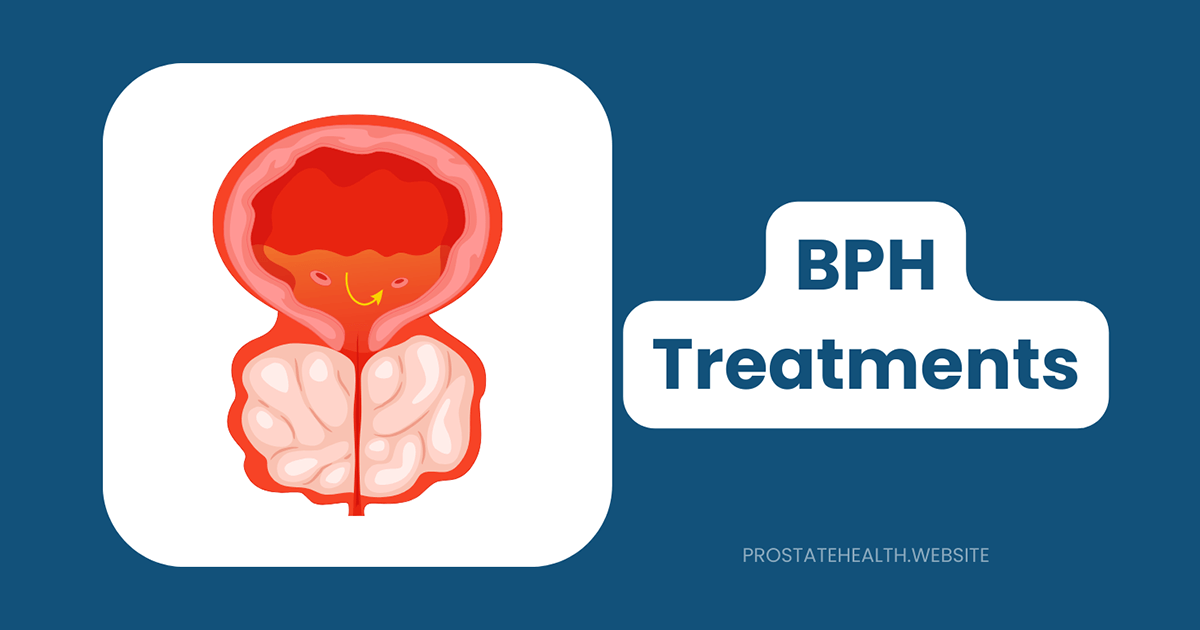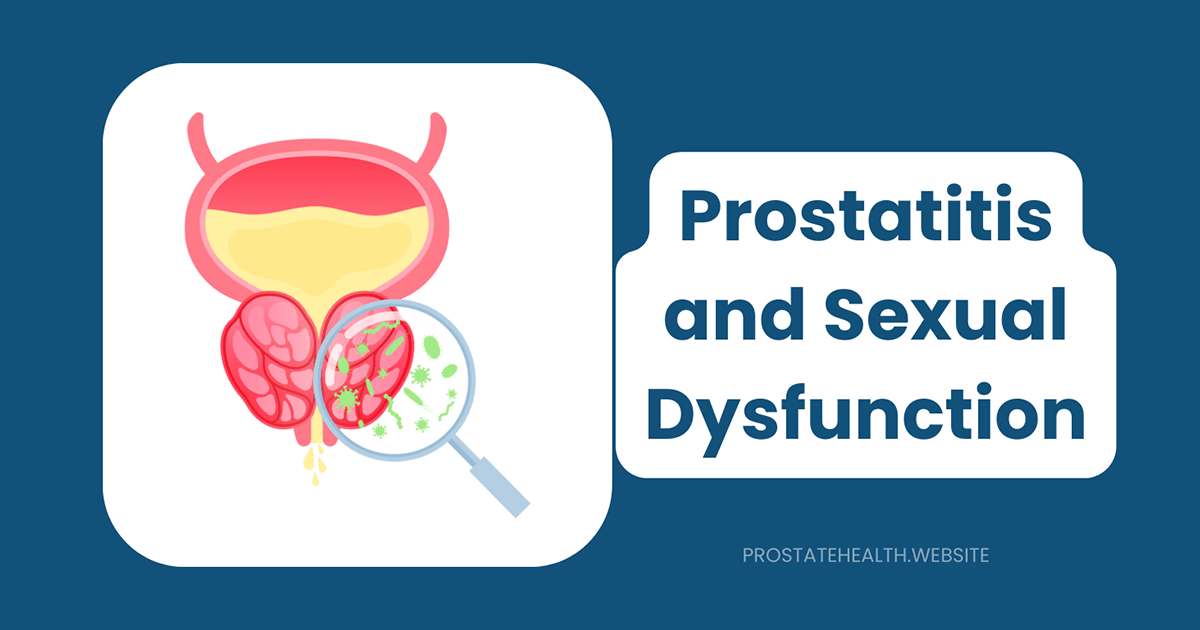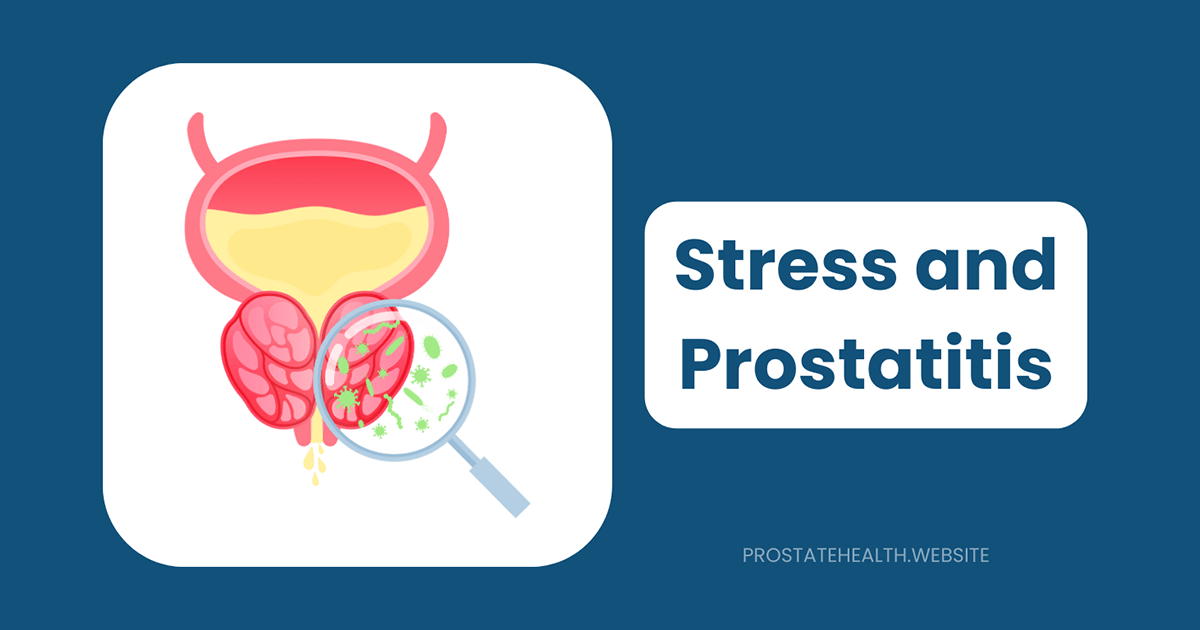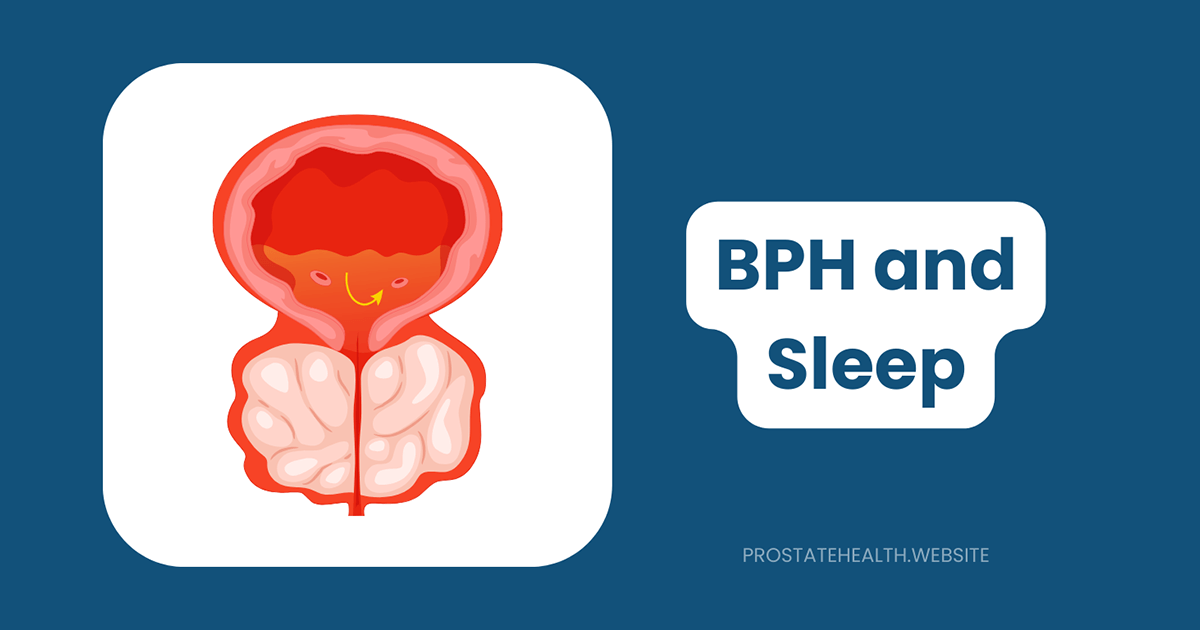Bacterial Prostatitis: Causes, Symptoms, and Treatment Options
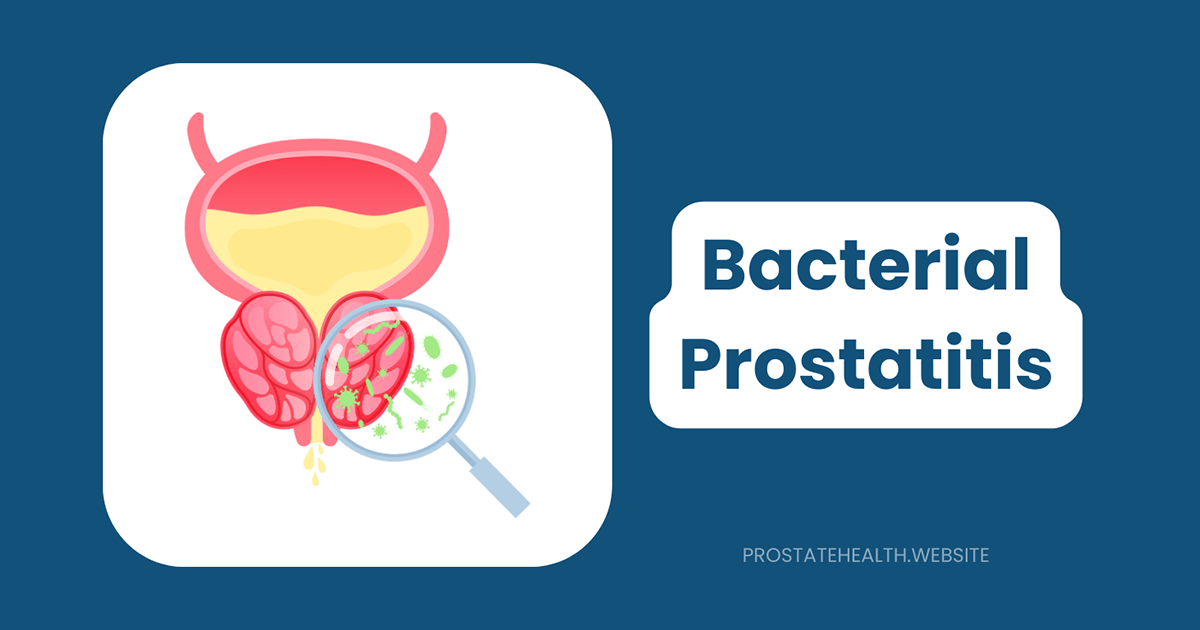
When it comes to men’s health issues that can significantly impact quality of life, bacterial prostatitis deserves far more attention than it typically receives. This painful infection of the prostate gland affects thousands of men each year, yet many suffer in silence due to embarrassment or confusion about their symptoms.
As someone who has guided countless men through prostate health challenges, I’ve seen firsthand how proper understanding and timely treatment of bacterial prostatitis can make all the difference between prolonged suffering and swift recovery.
In this comprehensive guide, we’ll explore everything you need to know about bacterial prostatitis—from recognizing the early warning signs to understanding the latest treatment approaches that can help you reclaim your health and well-being.
Understanding Bacterial Prostatitis: What Is It?
Bacterial prostatitis is an infection of the prostate gland caused by bacteria. Unlike other prostate conditions that develop gradually over time, bacterial prostatitis can strike suddenly and, in some cases, become a recurring challenge.
The prostate—a small gland about the size of a walnut—sits just below the bladder and surrounds part of the urethra. Its primary function is to produce fluid that nourishes and protects sperm. When bacteria invade this gland, inflammation occurs, leading to a range of uncomfortable and sometimes severe symptoms.
The Two Faces of Bacterial Prostatitis
Bacterial prostatitis comes in two distinct forms, each with its own characteristics and treatment approaches:
Acute Bacterial Prostatitis
This is the less common but more severe form, characterized by:
- Sudden onset of symptoms
- High fever and chills
- Intense pain
- Potential for serious complications if left untreated
- Typically responds well to prompt antibiotic treatment
Acute bacterial prostatitis accounts for approximately 5% of all prostatitis cases but requires immediate medical attention due to its severity.
Chronic Bacterial Prostatitis
This form develops more gradually and may persist for months or even years:
- Symptoms may come and go
- Less severe than acute form but more persistent
- Often recurs even after treatment
- May significantly impact quality of life over time
- Requires longer-term treatment approaches
Chronic bacterial prostatitis affects about 5-10% of men with prostatitis symptoms and can be particularly challenging to treat effectively.
What Causes Bacterial Prostatitis?
Understanding the root causes of bacterial prostatitis is essential for both prevention and effective treatment. Several pathways can lead to this infection:
Common Bacterial Culprits
Research has identified several bacteria that frequently cause prostatitis:
- Escherichia coli (E. coli): Responsible for 50-90% of cases, this bacteria normally lives in the intestines but can cause infection if it enters the urinary tract
- Enterobacteriaceae family: Including Klebsiella, Proteus, Enterobacter, and Serratia
- Pseudomonas aeruginosa: Particularly common in hospital-acquired infections
- Sexually transmitted infections: Including Chlamydia trachomatis, Neisseria gonorrhoeae, and Mycoplasma genitalium
How Bacteria Reach the Prostate
Bacteria can infiltrate the prostate through several routes:
- Urinary reflux: Bacteria from urine flowing backward into the prostate ducts
- Direct spread: From infections in nearby organs like the bladder or urethra
- Bloodstream: Bacteria traveling through the blood from infections elsewhere in the body
- Lymphatic spread: Infection spreading through the lymphatic system
- Rectal bacteria: Direct spread of bacteria from the rectum to the prostate
Risk Factors: Who’s Most Vulnerable?
Certain factors can increase your risk of developing bacterial prostatitis:
- Recent urinary tract infection
- Urinary catheterization or other procedures involving the urinary tract
- Urinary tract abnormalities such as strictures or blockages
- Enlarged prostate (benign prostatic hyperplasia)
- Recent prostate biopsy
- Compromised immune system due to conditions like HIV or diabetes
- History of sexually transmitted infections
- Unprotected sexual intercourse, particularly anal intercourse
- Bladder outlet obstruction
- Previous episodes of prostatitis
Understanding your personal risk factors can help you take preventive measures and seek timely treatment if symptoms develop.
Recognizing the Symptoms: When to Be Concerned
The symptoms of bacterial prostatitis can vary significantly depending on whether you’re experiencing the acute or chronic form. Being able to recognize these symptoms is crucial for seeking timely treatment.
Acute Bacterial Prostatitis Symptoms
Acute bacterial prostatitis typically presents with severe, sudden symptoms that demand immediate attention:
- High fever (often 101°F/38.3°C or higher)
- Chills and shaking
- Intense pain in the perineum (area between scrotum and rectum), lower back, genitals, or rectum
- Extreme urinary urgency and frequency
- Painful urination (dysuria)
- Difficulty starting urination or maintaining a stream
- Cloudy or bloody urine
- Complete inability to urinate in severe cases (urinary retention)
- Pain during ejaculation
- Flu-like symptoms including muscle aches and fatigue
If you experience these symptoms, especially fever with pelvic pain, seek medical attention immediately. Acute bacterial prostatitis can lead to serious complications if not promptly treated.
Chronic Bacterial Prostatitis Symptoms
The symptoms of chronic bacterial prostatitis tend to be less severe but more persistent, often fluctuating in intensity:
- Recurring urinary tract infections
- Intermittent pain or discomfort in the pelvic region, genitals, or lower back
- Urinary problems including frequency, urgency, and nighttime urination
- Painful ejaculation
- Sexual dysfunction including erectile difficulties or decreased libido
- Mild fever or general malaise during flare-ups
- Blood in semen (hematospermia)
- Persistent fatigue
These symptoms may come and go over months or years, making chronic bacterial prostatitis particularly frustrating to live with and sometimes challenging to diagnose.
Diagnosis: Getting to the Root of the Problem
Accurate diagnosis is essential for effective treatment of bacterial prostatitis. The diagnostic process typically involves several steps:
Medical History and Physical Examination
Your healthcare provider will begin by:
- Discussing your symptoms and their duration
- Reviewing your medical history, including previous infections or procedures
- Performing a physical examination, which may include a digital rectal examination (DRE) to assess the prostate
During the DRE, the doctor will check if your prostate is tender, swollen, or abnormal in texture. In acute bacterial prostatitis, the prostate is often extremely tender and examining it requires gentle technique.
Laboratory Tests
Several tests help confirm the diagnosis and identify the specific bacteria causing the infection:
- Urinalysis and urine culture: To detect signs of infection and identify the responsible bacteria
- Blood tests: Including complete blood count (CBC) to check for elevated white blood cells and blood cultures if systemic infection is suspected
- Expressed prostatic secretions (EPS): Fluid obtained after prostate massage (contraindicated in acute prostatitis due to risk of spreading infection)
- Post-massage urine: Collected after prostate massage to check for bacteria from the prostate
- Semen analysis: May reveal white blood cells or bacteria
For chronic bacterial prostatitis, the Meares-Stamey 4-glass test remains the gold standard, though it’s not always performed due to its complexity. This test involves collecting:
- First-void urine (initial stream)
- Midstream urine
- Expressed prostatic secretions
- Post-massage urine
Imaging Studies
In some cases, especially when complications are suspected, imaging studies may be recommended:
- Transrectal ultrasound (TRUS): Provides images of the prostate and can detect abnormalities like abscesses
- CT scan: May be used if complications like abscess formation are suspected
- MRI: Offers detailed images of the prostate and surrounding structures
Ruling Out Other Conditions
Several conditions can mimic bacterial prostatitis, including:
- Chronic pelvic pain syndrome (non-bacterial prostatitis)
- Urinary tract infection without prostate involvement
- Benign prostatic hyperplasia (BPH)
- Prostate cancer
- Bladder disorders like interstitial cystitis
Your healthcare provider will work to rule out these conditions through appropriate testing.
Treatment Approaches: From Standard Care to Cutting-Edge Options
The treatment of bacterial prostatitis depends on whether you’re dealing with the acute or chronic form. Let’s explore the options for each:
Treating Acute Bacterial Prostatitis
Acute bacterial prostatitis requires prompt intervention to prevent serious complications:
Antibiotic Therapy
The cornerstone of treatment is antibiotics:
- Initial empiric therapy: Often begins with broad-spectrum antibiotics before culture results are available
- Common first-line antibiotics: Fluoroquinolones (such as ciprofloxacin or levofloxacin), trimethoprim-sulfamethoxazole, or cephalosporins
- Intravenous antibiotics: May be necessary for severe cases or those with systemic symptoms
- Duration: Typically 2-4 weeks of treatment
- Adjustment based on culture: Once the specific bacteria is identified, antibiotics may be changed for optimal effectiveness
Supportive Measures
Additional treatments to manage symptoms include:
- Pain management: Anti-inflammatory medications (NSAIDs) or prescription pain relievers
- Alpha-blockers: Medications like tamsulosin to relax the bladder neck and improve urine flow
- Adequate hydration: To help flush bacteria from the urinary system
- Rest and limited physical activity: Particularly during the acute phase
- Urinary catheterization: In cases of urinary retention, though this is done cautiously due to infection risk
Hospitalization
Severe cases may require hospitalization, particularly if:
- High fever or signs of sepsis are present
- Oral antibiotics cannot be tolerated
- Urinary retention requires management
- Complications like prostatic abscess have developed
Managing Chronic Bacterial Prostatitis
Chronic bacterial prostatitis presents a greater treatment challenge, often requiring longer-term strategies:
Extended Antibiotic Therapy
- Longer duration: Typically 4-12 weeks of antibiotics
- Selection based on culture: Guided by identified bacteria and their sensitivity
- Penetration into prostate tissue: Antibiotics that can effectively reach prostate tissue are preferred (fluoroquinolones, macrolides, tetracyclines)
- Pulsed or suppressive therapy: Some patients benefit from intermittent or low-dose long-term antibiotics to prevent recurrence
Addressing Biofilms
Recent research has highlighted the role of bacterial biofilms—communities of bacteria protected by a self-produced matrix—in chronic prostatitis:
- Biofilm disruptors: Medications or supplements that may help break down protective biofilms
- Combination therapies: Using multiple antibiotics or adding agents that enhance antibiotic penetration
- Prostate massage: May help release bacteria trapped in prostatic ducts, improving antibiotic effectiveness
Symptom Management
Beyond fighting infection, managing symptoms is crucial for quality of life:
- Alpha-blockers: To improve urinary flow and reduce discomfort
- Pain management: Including anti-inflammatories and sometimes neuropathic pain medications
- Pelvic floor physical therapy: To address muscle tension that may contribute to pain
- Prostate drainage: Regular ejaculation may help drain prostatic fluid and reduce symptoms
Emerging Treatment Approaches
Recent research has yielded promising new approaches for bacterial prostatitis, particularly for difficult cases:
- Intraprostatic antibiotic injections: Delivering antibiotics directly to the prostate
- Extracorporeal shockwave therapy: Showing promise in recent clinical trials for reducing inflammation and pain
- Intraprostatic betamethasone injections: A 2025 study showed significant symptom improvement in refractory cases
- Phage therapy: Using viruses that specifically target bacteria, particularly useful for antibiotic-resistant infections
- Immunomodulatory approaches: Targeting the immune response to reduce inflammation
Lifestyle and Complementary Approaches
Beyond medical treatments, several lifestyle modifications and complementary approaches may help manage bacterial prostatitis:
Dietary Considerations
- Anti-inflammatory diet: Emphasizing fruits, vegetables, whole grains, and healthy fats
- Hydration: Adequate water intake to maintain urinary flow
- Limiting irritants: Reducing alcohol, caffeine, spicy foods, and acidic beverages that may irritate the urinary system
- Zinc-rich foods: Including pumpkin seeds, oysters, and beef, as zinc plays a role in prostate health
Stress Management
Stress can exacerbate symptoms and potentially impact immune function:
- Mindfulness meditation: Shown to reduce pain perception and stress
- Regular relaxation practices: Such as deep breathing or progressive muscle relaxation
- Adequate sleep: Essential for immune function and recovery
- Psychological support: Counseling or support groups for coping with chronic conditions
Physical Approaches
- Warm sitz baths: To relieve pain and promote relaxation of pelvic muscles
- Avoiding prolonged sitting: Which can increase pressure on the prostate
- Regular, moderate exercise: To improve circulation and reduce inflammation
- Pelvic floor relaxation exercises: To address tension in pelvic floor muscles
Supplements with Emerging Evidence
Some natural supplements show preliminary promise, though more research is needed:
- Quercetin: A flavonoid with anti-inflammatory properties
- Bee pollen extract: May reduce inflammation in some studies
- Saw palmetto: Popular for prostate health, though evidence specifically for bacterial prostatitis is limited
- Probiotics: May help restore healthy bacterial balance, particularly after antibiotic treatment
Preventing Recurrence: Breaking the Cycle
For men who have experienced bacterial prostatitis, preventing recurrence becomes a priority. Several strategies may help:
- Complete the full course of antibiotics: Even if symptoms improve before completion
- Stay well-hydrated: To maintain good urinary flow
- Practice good hygiene: Particularly before and after sexual activity
- Treat urinary tract infections promptly: To prevent spread to the prostate
- Address constipation: As straining can increase pressure on the prostate
- Regular prostate check-ups: To monitor for early signs of recurrence
- Consider prophylactic antibiotics: In some cases of frequent recurrence, low-dose preventive antibiotics may be recommended
When to Seek Immediate Medical Attention
Certain symptoms warrant urgent medical care:
- High fever with pelvic pain
- Inability to urinate
- Severe pain that isn’t relieved by over-the-counter pain medications
- Blood in urine or semen
- Worsening symptoms despite treatment
Living with Chronic Bacterial Prostatitis: A Personal Perspective
Living with chronic bacterial prostatitis can be challenging, but many men successfully manage this condition and maintain a good quality of life. James, a 45-year-old engineer who has dealt with recurrent bacterial prostatitis for five years, shares his experience:
“The key for me has been a comprehensive approach. I work closely with my urologist on the medical side—we’ve found a combination of antibiotics that works when I have flare-ups. But equally important are the lifestyle changes I’ve made: staying hydrated, managing stress through meditation, and being vigilant about my diet. It took time to accept that this might be a long-term condition, but once I did, I could focus on management rather than just hoping for a permanent cure. Support from my family and connecting with other men through online forums has also been invaluable.”
Frequently Asked Questions About Bacterial Prostatitis
Acute bacterial prostatitis rarely resolves without antibiotic treatment and can lead to serious complications if left untreated. Chronic bacterial prostatitis almost always requires medical intervention, though symptoms may fluctuate in severity.
Bacterial prostatitis itself is not contagious, but some of the bacteria that cause it (like those responsible for STIs) can be transmitted through sexual contact. Partners generally don’t need treatment unless the cause is a sexually transmitted infection.
During active infection, bacterial prostatitis may temporarily affect semen quality and sperm function. With successful treatment, fertility typically returns to normal, though repeated or chronic infections could potentially have longer-term effects.
There’s no established direct link between bacterial prostatitis and prostate cancer. However, inflammation in general is being studied as a potential factor in cancer development. Regular prostate check-ups are important regardless of prostatitis history.
Unlike bacterial prostatitis, chronic prostatitis/chronic pelvic pain syndrome (CP/CPPS) doesn’t involve bacterial infection and requires different treatment approaches. Asymptomatic inflammatory prostatitis involves inflammation without symptoms and is usually discovered incidentally.

